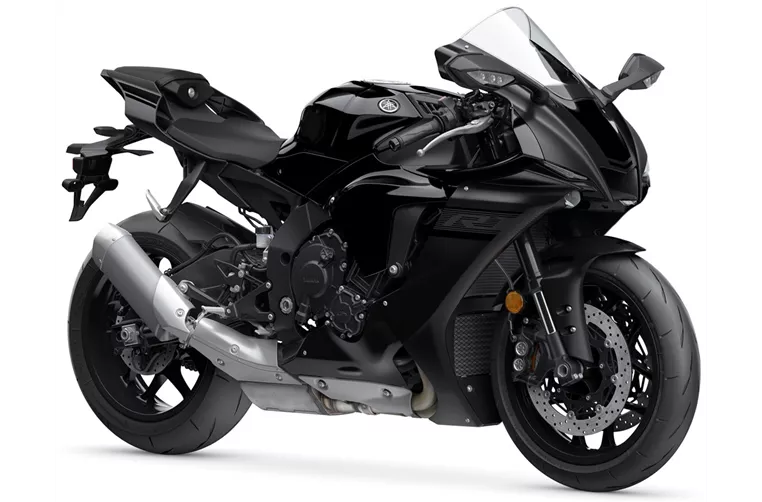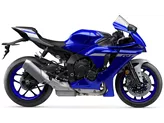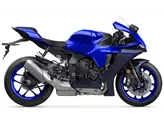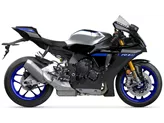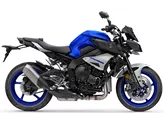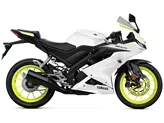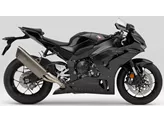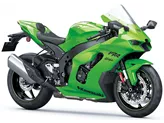Kawasaki Ninja ZX-10R 2010 vs. Yamaha R1 2020

Kawasaki Ninja ZX-10R 2010
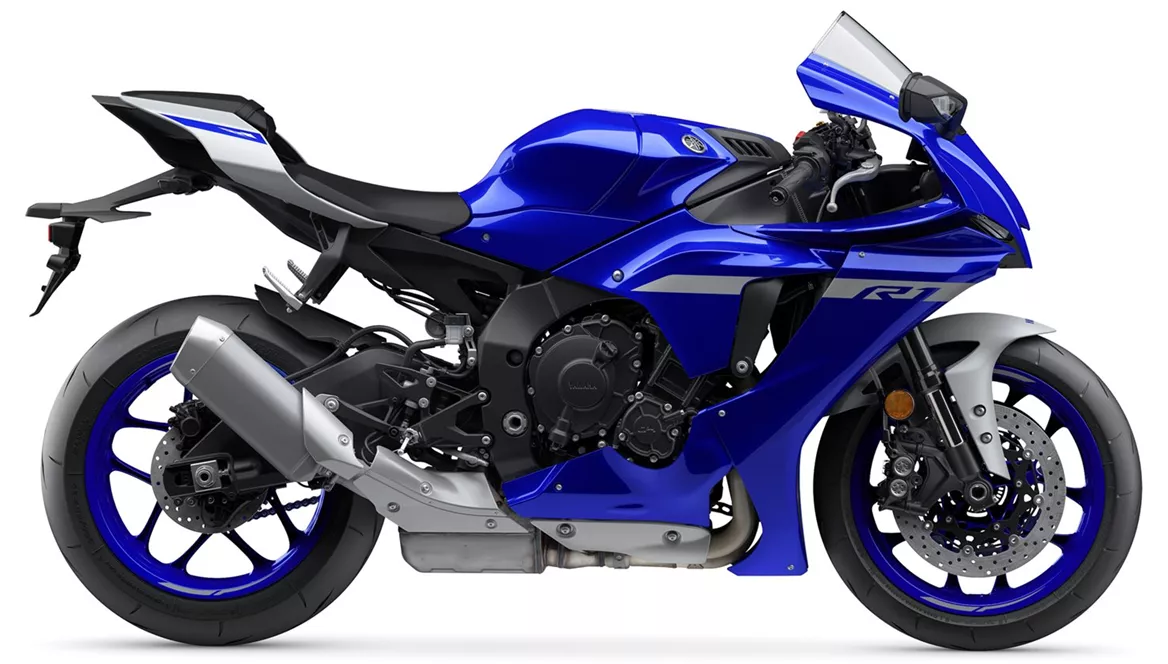
Yamaha R1 2020
Overview - Kawasaki Ninja ZX-10R 2010 vs Yamaha R1 2020
When comparing the Kawasaki Ninja ZX-10R 2010 to the Yamaha R1 2020, there are several notable differences in their technical specifications and overall performance.
In terms of engine and drive train, the Kawasaki Ninja ZX-10R 2010 has a bore of 76 mm and a stroke of 55 mm, while the Yamaha R1 2020 has a slightly larger bore of 79 mm and a shorter stroke of 50.9 mm. This results in the Yamaha R1 having a higher engine power of 200 HP compared to the Ninja ZX-10R's 187 HP. However, the torque of the Ninja ZX-10R is slightly higher at 113 Nm compared to the R1's 112.4 Nm. Both motorcycles have a compression ratio of around 13 and are equipped with 4 cylinders and a displacement of 998 ccm.
In terms of suspension, both motorcycles feature upside-down telescopic forks at the front, providing excellent stability and control. The chassis of both bikes is made of aluminum, ensuring a lightweight and rigid structure. However, the Yamaha R1 2020 has a Deltabox frame, which is known for its superior rigidity and stability compared to the extruded frame of the Kawasaki Ninja ZX-10R 2010.

Kawasaki Ninja ZX-10R 2010
When it comes to braking, both motorcycles are equipped with double disk brakes at the front. The Kawasaki Ninja ZX-10R 2010 has an efficient braking system with positive ABS, ensuring precise stopping power. On the other hand, the Yamaha R1 2020 is reported to have a brake system that is not completely satisfactory on the race track, indicating that it may have some limitations in high-performance situations.
In terms of dimensions and weights, both motorcycles have the same front and rear tire width of 120 mm and 190 mm respectively. The wheelbase of the Kawasaki Ninja ZX-10R 2010 is slightly longer at 1415 mm compared to the Yamaha R1 2020's 1405 mm. The seat height of the Yamaha R1 is higher at 855 mm compared to the Ninja ZX-10R's 830 mm. Both motorcycles have a fuel tank capacity of 17 liters.
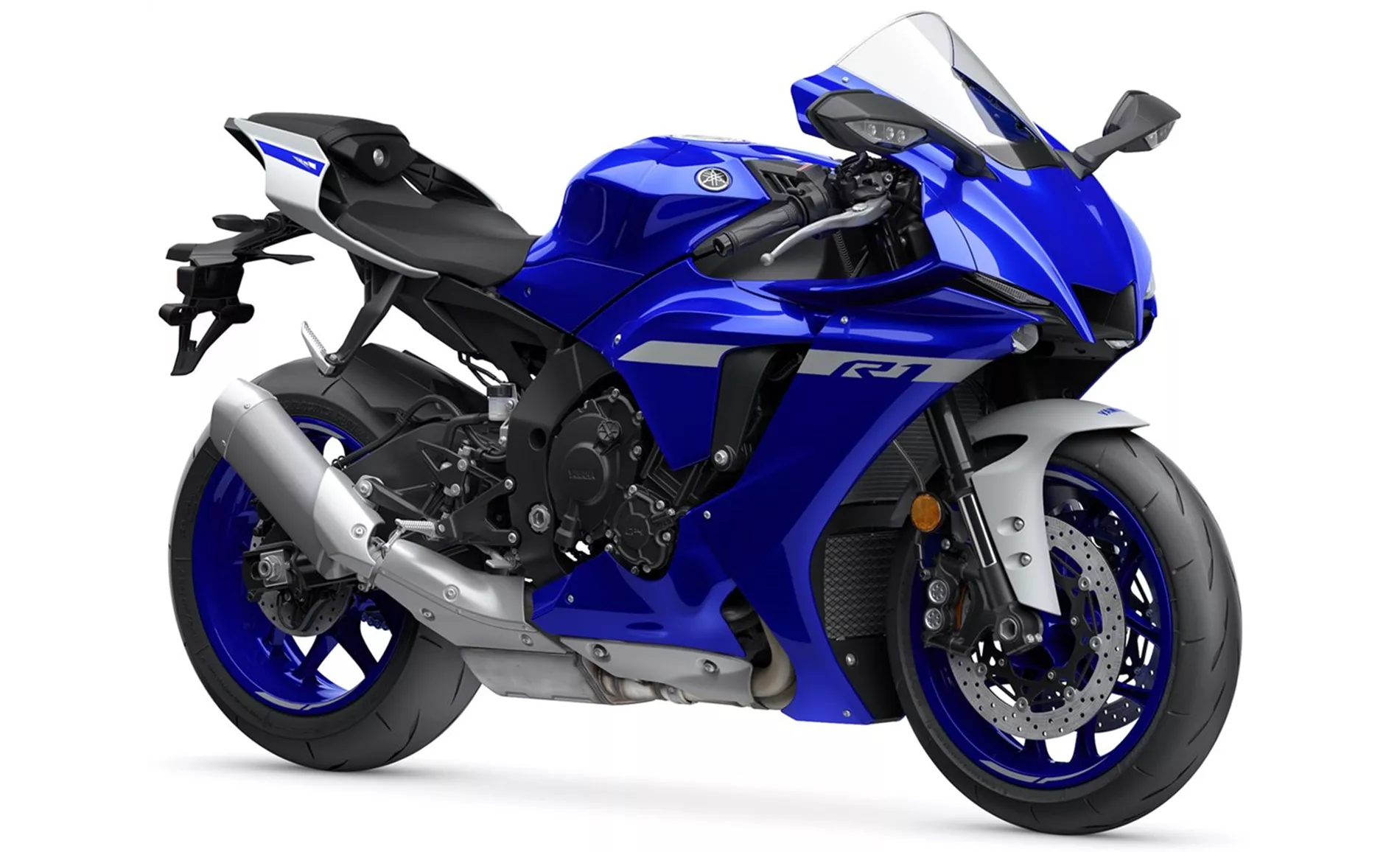
Yamaha R1 2020
In terms of strengths, the Kawasaki Ninja ZX-10R 2010 is praised for its extremely precise traction control, efficient braking system, integrated electronics, positive ABS system, and high engine power. On the other hand, the Yamaha R1 2020 is praised for its powerful engine, clean response, great sound, stable chassis, high-quality electronics, and overall noble impression.
However, both motorcycles have their weaknesses. The Kawasaki Ninja ZX-10R 2010 is reported to have a suboptimal transmission with tight gearshifts, which may affect the overall riding experience. The Yamaha R1 2020, on the other hand, has a brake system that is not completely satisfactory on the race track, indicating that it may not perform at its best in high-performance situations.
In conclusion, while both the Kawasaki Ninja ZX-10R 2010 and the Yamaha R1 2020 are powerful and capable motorcycles, they have their own strengths and weaknesses. The choice between the two ultimately depends on the rider's preferences and priorities, whether it be precise traction control and efficient braking or a powerful engine and stable chassis.
Technical Specifications Kawasaki Ninja ZX-10R 2010 compared to Yamaha R1 2020
Pros and Cons in comparison
Pros and Cons in comparison
Kawasaki Ninja ZX-10R 2010

Ninja fans have no choice but to buy the new 10. It is lighter, stronger, easier to handle and yet easier to ride than any other ZX-10R to date. Even compared to the other Japanese bikes, the Kawa presents itself as superior. Besides the European bikes, emotions, preferences for certain colours and shapes certainly come into play.
Yamaha R1 2020
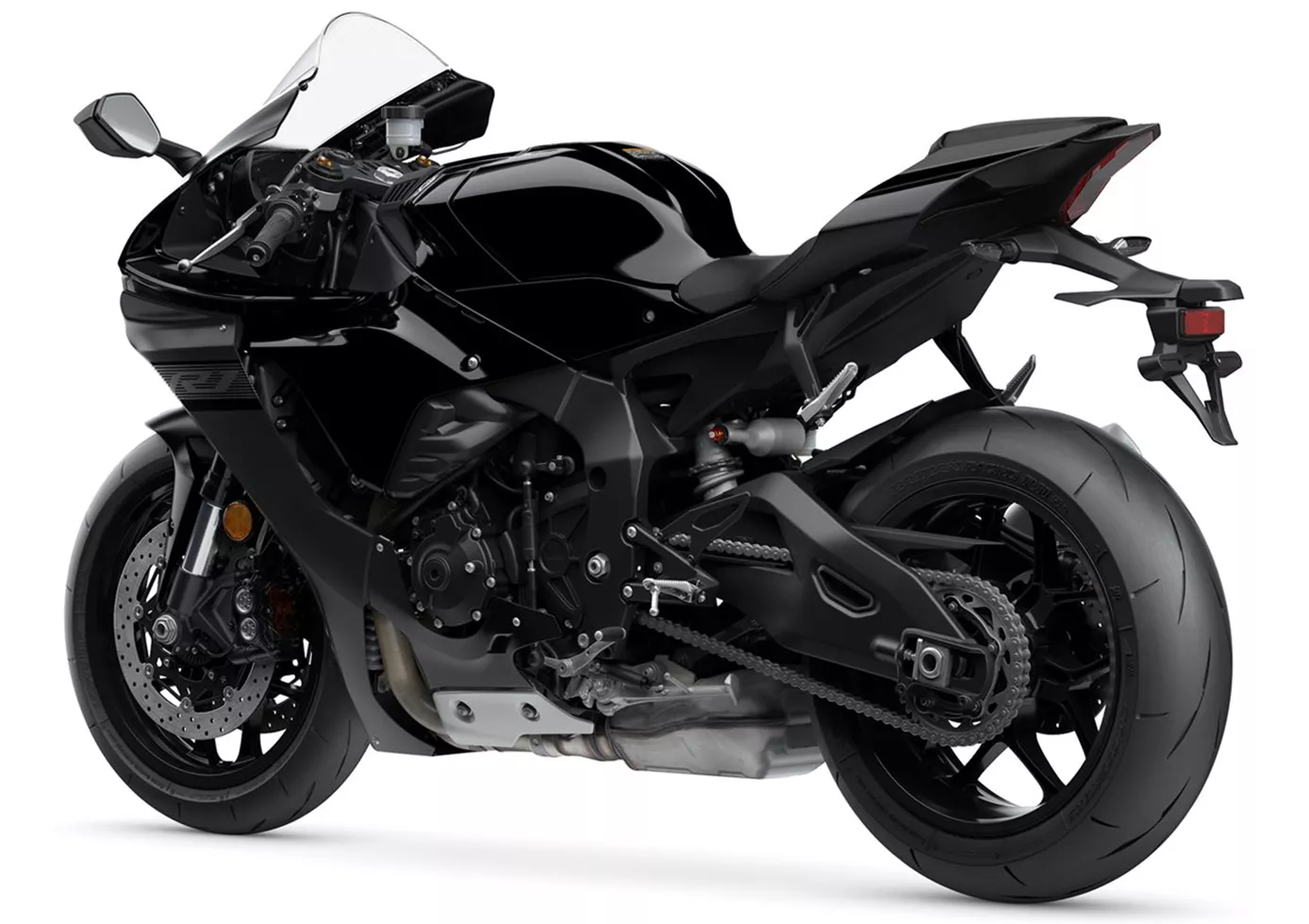
The Yamaha YZF-R1 is mature and makes countless racetrack pilots happy. The engine shines with lightness and agility, the seating position surprises positively and the handling is radical but still "suitable for the masses". The machine immediately stands out visually and also because of the heart-warming sound. Especially on the country road, the bike scores with its well-known strengths: great engine, great electronics, great package! A real pleasure to ride!
Price Comparison Avarage Market Price Kawasaki Ninja ZX-10R vs Yamaha R1
There are a few key differences between a Kawasaki Ninja ZX-10R 2010 and a Yamaha R1 2020. It takes less time to sell a Kawasaki Ninja ZX-10R with 60 days compared to 86 days for a Yamaha R1. Since model year 2005 1000PS.de editors have written 51 reviews for the Kawasaki Ninja ZX-10R and 80 reviews for the Yamaha R1 since model year 2005. The first review for the Kawasaki Ninja ZX-10R was published on 1/11/2004 and now has more than 2,900 views. This compares to more than 3,900 views for the first review on Yamaha R1 published on 4/28/2003.

